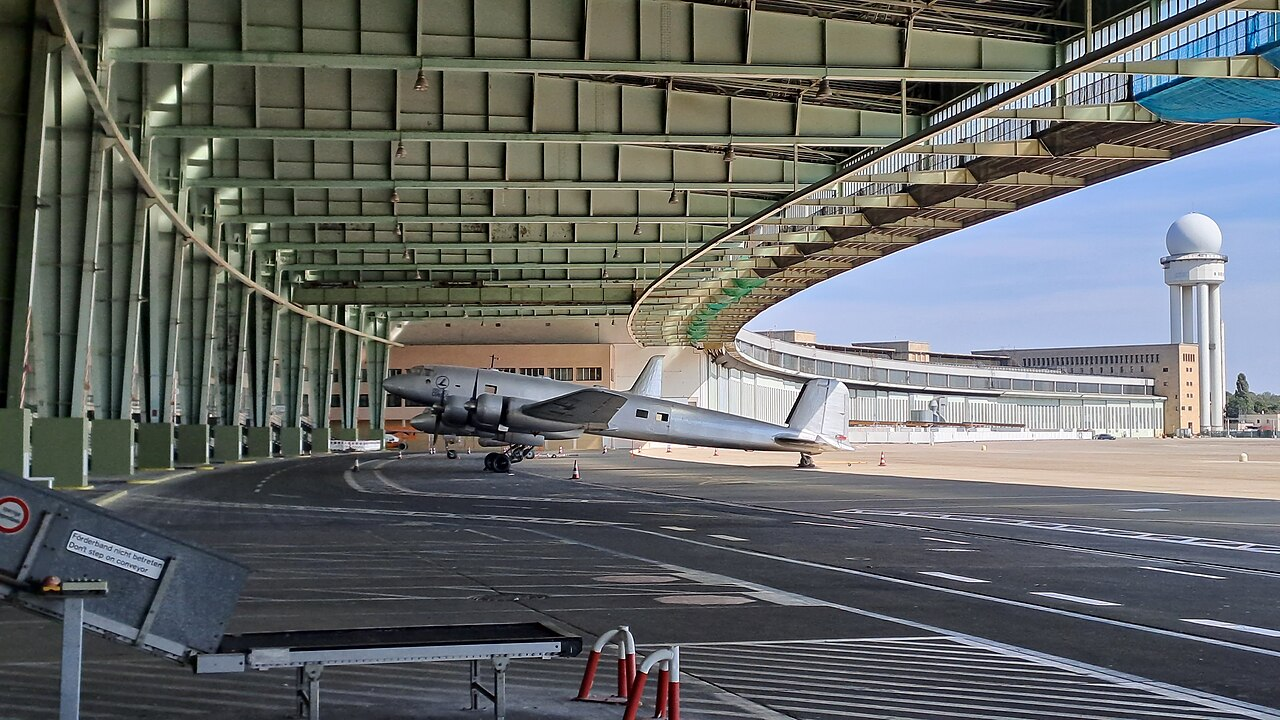
The story of the Focke-Wulf Fw 200 Condor illustrates how quickly technological achievements meant for peace can be redirected toward war. Originally celebrated as a pioneering commercial aircraft, the Condor was soon transformed into a long-range maritime threat during World War II, proving how adaptable and inventive German aeronautical engineering could be when pushed by global conflict.

A Vision Takes Flight: Designing the Fw 200
In the mid-1930s, aviation was in the process of a revolutionary period. Engineers as well as airlines were competing to overcome the horizon of flight, with cross-oceanic travel as the holy grail. Kurt Tank, an Focke-Wulf engineer, was at the forefront of the movement to design a long-range landplane that would overtly confront the dominance of airships like the Graf Zeppelin. Germany’s national airline, Lufthansa, made a challenge in 1936 for a plane that could hold 26 passengers for almost 1,900 miles without stops.

Tank’s response was the Fw 200—a slender, four-engine monoplane that prioritized range, efficiency, and innovation. Constructed almost completely of metal and with a streamlined shape, the plane was a technical marvel for the era.

Cutting-Edge Civilian Aircraft
The Fw 200 was designed with performance in mind. Its high-aspect-ratio, long wings and retractable undercarriage lowered drag, and its semi-monocoque fuselage minimized weight without compromising structural integrity. The prototype, the Fw 200 V1, initially flew in July 1937, with four American-built Pratt & Whitney Hornet engines. It also had an autopilot system designed by Siemens—an impressive addition that minimized pilot fatigue on long flights.

The Condor hit the headlines in August 1938 when a specially modified model flew nonstop from Berlin to New York in approximately 25 hours. Flown by Alfred Henke, this trip traveled approximately 4,000 miles and secured the plane’s reputation as a long-haul world leader. European and South American airlines soon included it in their fleets, recognizing its potential to transform air transportation.

Wartime Conversion: The Condor’s New Mission
With the commencement of World War II, the future of the Fw 200 as an airliner ceased to exist. The Luftwaffe recognized its potential for long range and started converting it into a military machine. The new variant Fw 200C was redesigned as a maritime patrol and anti-shipping platform.

The military versions featured bomb racks, strengthened fuselage structures, and defensive weapons such as 7.92 mm MG 15 machine guns and 20 mm cannons.

The German production switch to BMW 132 radial engines enhanced logistical compatibility and offered marginal performance improvements. New avionics, including radio direction-finding equipment and the Lorenz blind-landing system, enhanced the aircraft’s all-weather operational capability.

The Battle of the Atlantic: The Condor in Action
When it entered service, the Fw 200 Condor was operated by Kampfgeschwader 40 (KG 40) from Norwegian and occupied French bases. The main role of the aircraft was to shadow Allied convoys over the vast Atlantic and lead U-boats to their prey.

During 1941 and the first half of 1942, the Condor was used effectively to interrupt Allied logistics, inflicting sufficient damage to obligate the Royal Navy to alter its convoy defense measures and redirect resources to fend off the menace.

Challenges and Decline
Though it had its early triumphs, the Condor’s weakness soon became evident. Its civilian construction was not designed to sustain the hardships of war. Fully loaded and armed, the plane was slow and exposed, particularly to turbulence, anti-aircraft fire, or interception by enemy fighters.

The Allies started to close the gap with better defensive strategies. Escort fighters with long range, such as the P-51 Mustang and the De Havilland Mosquito, started guarding convoy routes, while radar-equipped escort ships rendered surprise attacks. Allied countermeasures had by 1943 effectively neutralized the effectiveness of the Condor, and the plane started incurring high attrition rates.

Preservation and Digital Resurrection
Though it faded from the skies, the Fw 200 Condor was not forgotten. In 1988, the wreck of a military variant was located off Norway’s coast. After a complex recovery effort in 1999, restoration began in Bremen. Using a mix of photographs, technical drawings, and parts from the original wreck, a team of restorers spent two decades rebuilding the aircraft.

The plane also survives virtually. Microsoft Flight Simulator collaborated with the museum team to scan the restored Condor digitally, making it flyable in amazing detail. This virtual rebirth enables aviation enthusiasts globally to interact with the plane’s history in an immersive, interactive manner.

The Fw 200 Condor’s arc—from a symbol of peaceful aviation progress to a wartime predator, and finally a museum piece—encapsulates the ever-shifting role of technology in human history. It reminds us how innovation can be shaped by both ambition and necessity, and why preserving that legacy matters.
